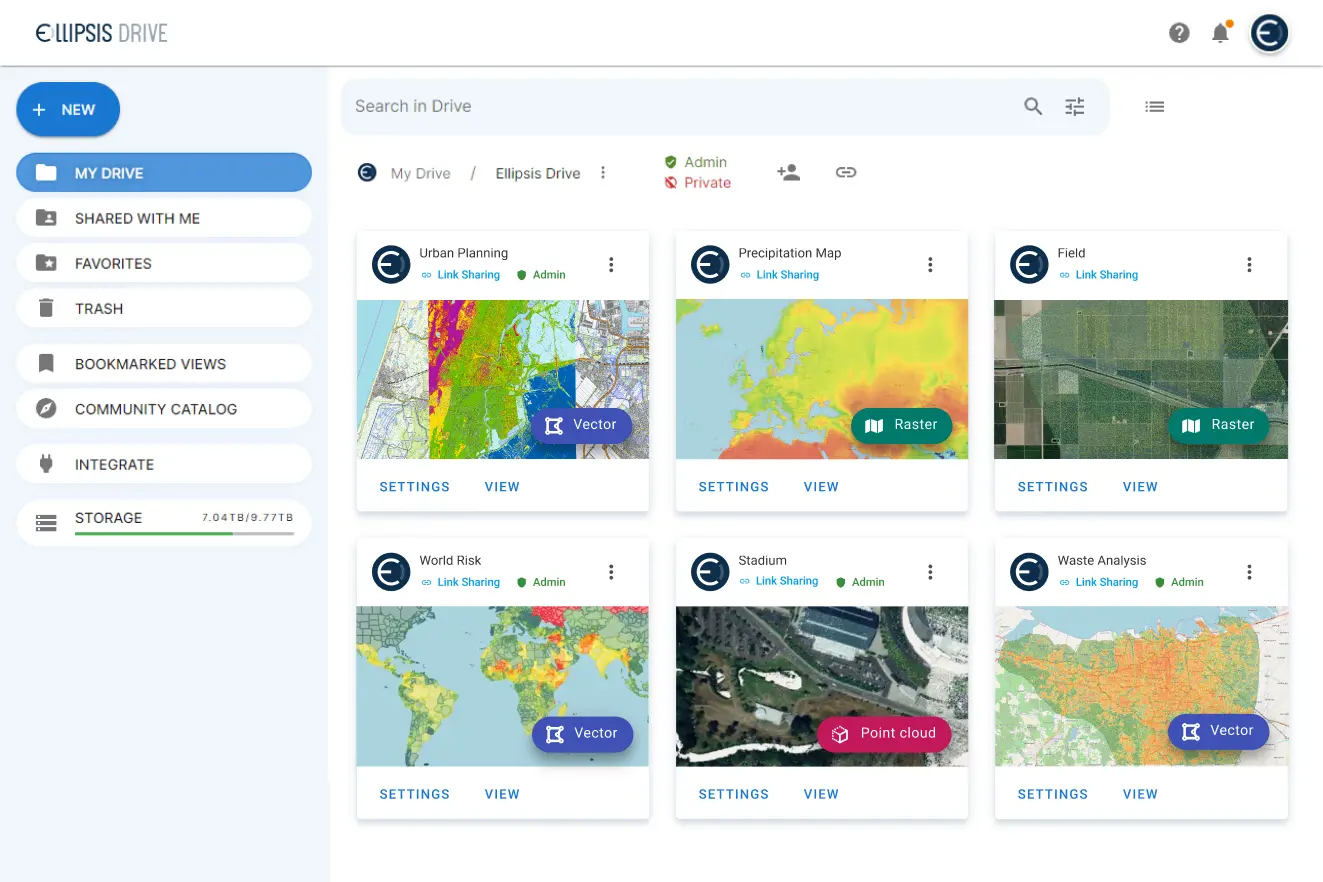Should You Buy or Build Your Spatial Data Infrastructure? (Part 2)

Contents
Introduction: Technical Considerations for SDI: The Buy vs Build Decision
In the first part of this blog series, we laid the foundation for the buy vs build decision. We explored the various options available for creating a baseline spatial data infrastructure (SDI), the hidden costs and the key considerations that go behind this decision.
But beneath every strategic spatial data decision lies a layer of hard technical realities. Decisions around interoperability, performance, and scalability aren’t just theoretical , they are engineering challenges that can define the long-term viability of your infrastructure.
To help unpack the technical side of this SDI equation, we spoke with our CTO, Daniel van der Maas. Daniel spends every day at the intersection of geospatial architecture and real-world implementation. He shared a candid look at what organizations often underestimate when they choose to build, and where third-party solutions can fill the gap.
“In-built GIS systems tend to start as scoped, well-performing solutions,” Daniel said. “But over time, pressure mounts to become more interoperable. To support new protocols, file systems, projections, and visualization features. That horizontal pressure slowly but surely degrades performance and maintainability.”
This tension between performance and interoperability is a core consideration within any SDI.
Interoperability vs Performance: A Constant Tug of War
In-house SDIs often start as high-performing, specialized systems, optimized for specific use cases. Over time, as new datasets, projections, and tools are added, pressure mounts to become more interoperable. Each request to scale beyond the original design introduces complexity, making the system harder to maintain and slower to respond.
“The key challenge is that teams will always be asked to prioritize a specific in-house use case,” said Daniel. “The in-built solution will therefore always be tailored to this specific need. Only later the dev team will be asked to make the solution scale to other areas which is no longer possible due to initial design decisions. This is why many companies are struggling with the maintainability of their geo-IT.”
Off-the-shelf SDIs handle this differently. They are built with interoperability at the core, leveraging standards like STAC, OGC, and WMTS to integrate seamlessly with tools, APIs, and workflows. Performance remains sustainable because the platform is engineered to absorb growing demands, allowing internal teams to focus on higher-value work instead of constant maintenance.
The takeaway: in-house builds can excel early, but scaling interoperability without sacrificing performance is a major challenge. One that many organizations solve more effectively by buying or adopting hybrid solutions.
Key Technical Considerations
While the build vs buy is subjective to every organization’s need, and where they are in the interoperability vs performance spectrum, there are some key considerations that cut across all organizations. Let’s summarize the key technical considerations that can make or break the long-term success of your infrastructure.
Interoperability: In-house systems often struggle to scale to new protocols, formats, or visualization features. Off-the-shelf SDIs are built on open standards like STAC, OGC, and WMTS, making integration seamless.
Performance & Maintainability: Custom builds may perform well initially, but adding features over time can slow the system and increase operational overhead. “Teams prioritize a specific use case early, making later scaling difficult.”
Scalability: As datasets and user demand grow, in-house solutions require more compute, storage, and maintenance. Cloud-native SDIs absorb this complexity, letting teams scale efficiently.
Use-Case Specificity: Specialized workflows may justify building in-house. General-purpose functions like dashboards, web services, or collaboration tools are often better served by standardized platforms.
The Hybrid Approach: Combining Buy and Build
For most organizations, the choice isn’t strictly buy or build, it’s about using the right approach for the right part of the SDI.
“The best thing for organizations is to realize which of their use cases are specialized and specific to them, and what parts of their challenges are general,��” explains Daniel. “Specific compute-related pipelines can be justified as in-house builds, but exposing products as web services or collaborating on analytics is better handled through a standardized SaaS solution.”
In practice, this means building in-house for unique pipelines, analytical models, or IP-driven workflows, while using off-the-shelf SDIs for data serving, visualization, dashboards, and collaborative analytics. The hybrid approach provides flexibility, reduces technical debt, and ensures sustainable performance as demands grow.
By blending build and buy, organizations can focus engineering effort where it creates the most strategic value while letting proven platforms handle the heavy lifting of scalability and integration.
Conclusion
Choosing whether to buy, build, or combine approaches for your Spatial Data Infrastructure is as much a technical decision as a strategic one. In-house builds give control over specialized workflows, but interoperability, scalability, and long-term maintainability can quickly become challenges. Off-the-shelf solutions handle these complexities at scale and when integrated into a hybrid approach, they let organizations focus engineering effort where it truly matters. The key is to design an SDI that evolves with your organization: flexible, performant, and ready to meet both today’s needs and tomorrow’s opportunities.
Liked what you read?

Subscribe to our monthly newsletter to receive the latest blogs, news and updates.
Take the Ellipsis Drive tour
in less than 2 minutes'
- A step-by-step guide on how to activate your geospatial data
- Become familiar with our user-friendly interface & design
- View your data integration options
